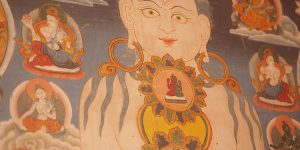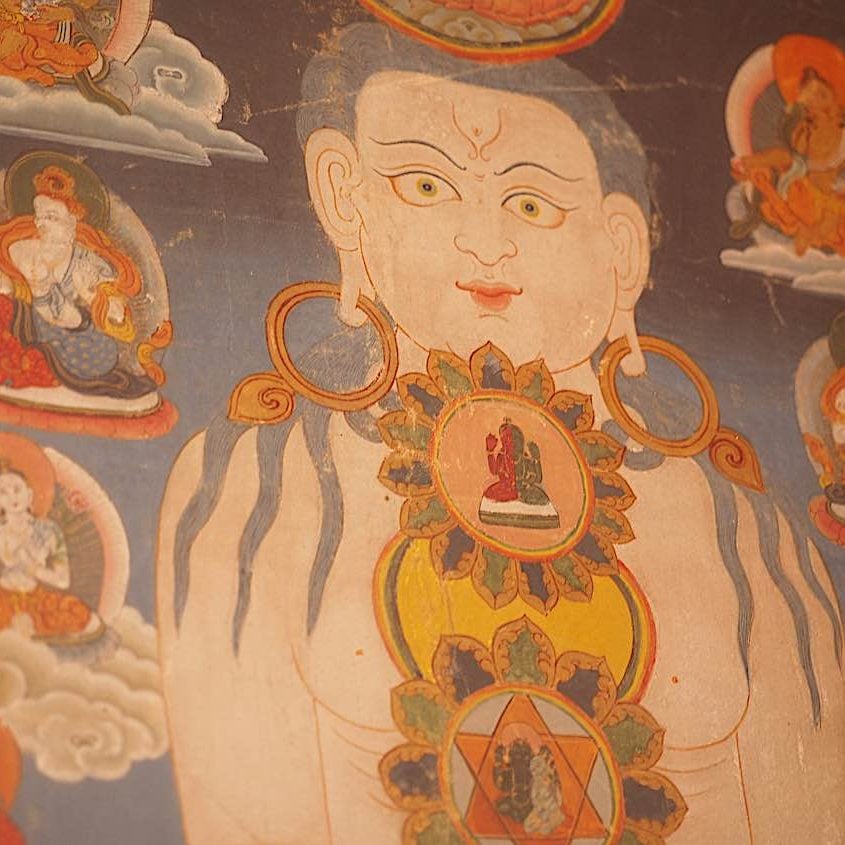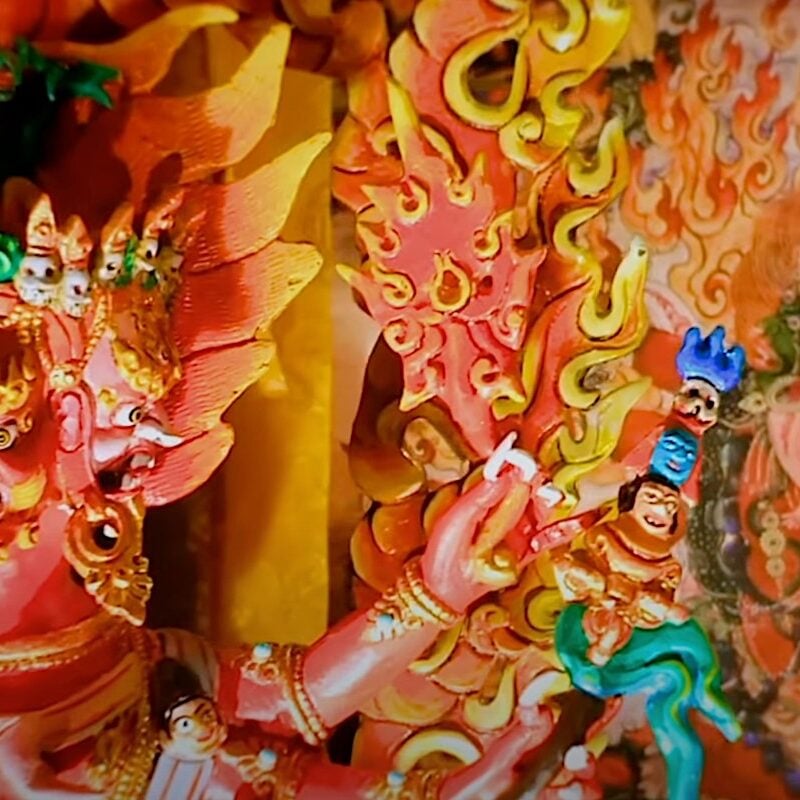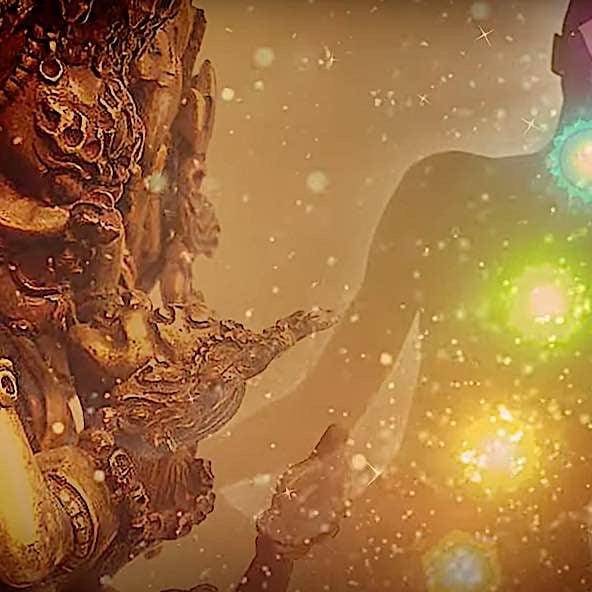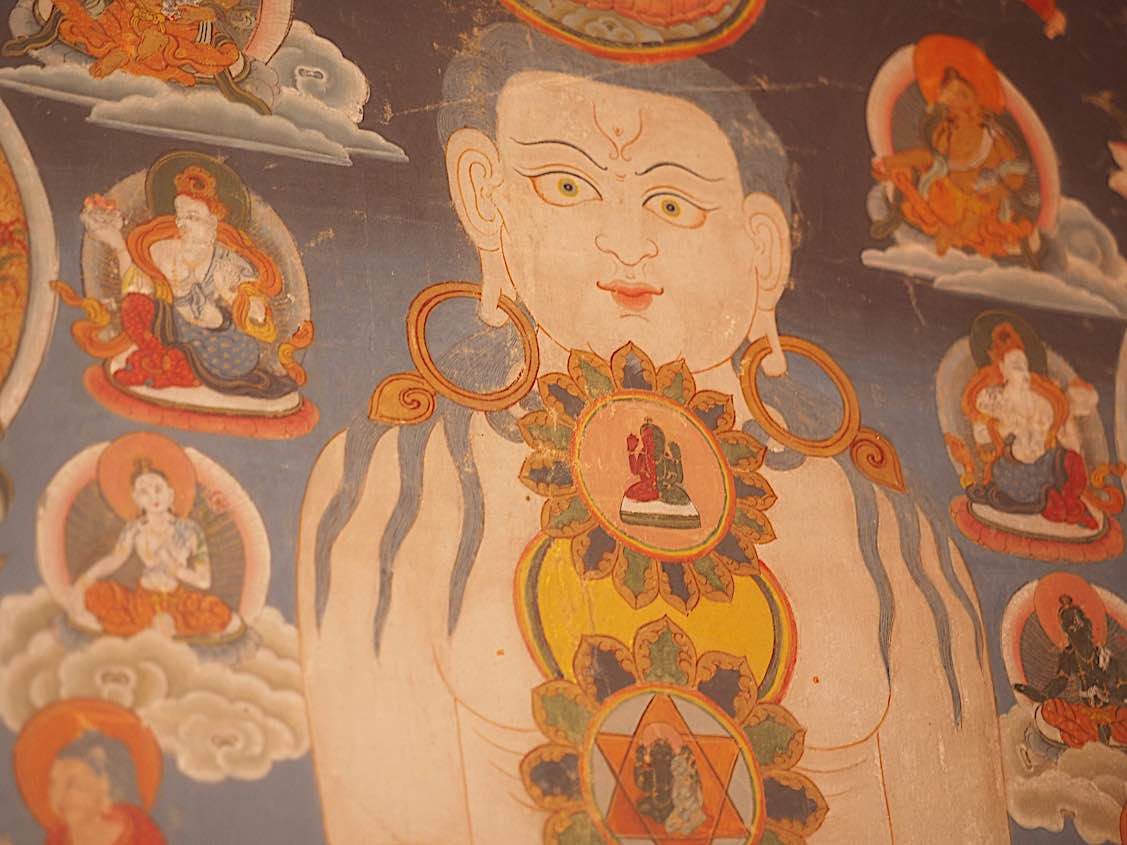Heruka and Dakini’s Special Months: Honoring the Blissful Wisdom Mother in the 11th Month and the Compassionate Hero in the 12th
Each year, Vajrayana Buddhists honor and celebrate the highest manifestations of Wisdom and Compassion in the 11th and 12th Lunar months — and especially on the Tsog feast offering days on the waning and waxing moons in those special months. The 11th month is for the Mother, or Dakinis, and the 12th month for the Father, or Herukas. These two annual Tsog Offerings are considered “Special” and auspicious and are mandatory in many lineages for Higher Yoga practitioners — the time we purify all the negativities from our past. This is a critical practice before moving into the Tibetan New Year, Losar, which falls on February 21, 2023. (Many days after Chinese New Year, due to the different lunar systems.)
The 11th month is sacred to the Blissful Mother of Wisdom and Activity —in the form of Vajrayogini, Chittamani Tara, Kurukulle (whichever Highest Yoga Tantra Mother aspect you practice )— and the 12th month to whichever Heruka aspect you practice — the Compassionate Hero Chakrasamvara, Hayagriva, Hevajra, Guyasamaya or Yamantaka (depends on your Highest Yoga Tantra practice).
The 11th lunar, Vajrayogini-Chittamani Tara-Kurukulla’s special month, in 2022-23 on the solar western calendar is from December 24th to January 21, 2023 and her special annual day is on the 25th day of the 11th lunar month): January 17, 2023.
The 12th lunar, Heruka’s special month, in 2022-3 on the solar western calendar is from January 22 to February 20th, 2023, and his special annual day is on the 10th day (of the 12th lunar month): January 31, 2023.
Why do we celebrate the annual days
Lama Zopa writes, in the Lama Yeshe Wisdom Archive:
“The Tibetan 11th month (Gyal Dawa) is a special time for mother tantra, a special time for Vajrayogini, and a special month to offer Vajrayogini tsog. The Tibetan 12th month is a special time for father tantra, a special time for Chakrasamvara, and a special month to offer Chakrasamvara tsog. Especially in these two months it is very important to offer tsog.”
Waxing Moon and Waning Moon
The waxing moons are always on the 25th day of the lunar calendar — special to Mother Vajrayogini – Chittamani Tara – Kurukulla — and the waning moons on the 10th day of the lunar calendar, dedicated to Father Heruka – Chakrasamvara – Hayagriva – Hevajra – Yamantaka. These days are special, even for those who do not have either Vajrayogini or Heruka initiations, since they are the days we honor Wisdom (symbolically Mother) and Compassion (symbolically, Father).
- See our extensive feature on Vajrayogini: “Naked wisdom for degenerate times: Vajrayogini, enlightened wisdom queen, leads us to bliss, clear light and emptiness, despite modern obstacles” >>
- See our extensive feature on Chittamani Tara, the Mother of All the Buddhas, here>>
- See our feature on Kurukulla here>>
- For Heruka Hayagriva, see>>
- For Heruka Yamantaka, Destroyer of Death, see>>
- For White Heruka Chakrasamvara, see>>
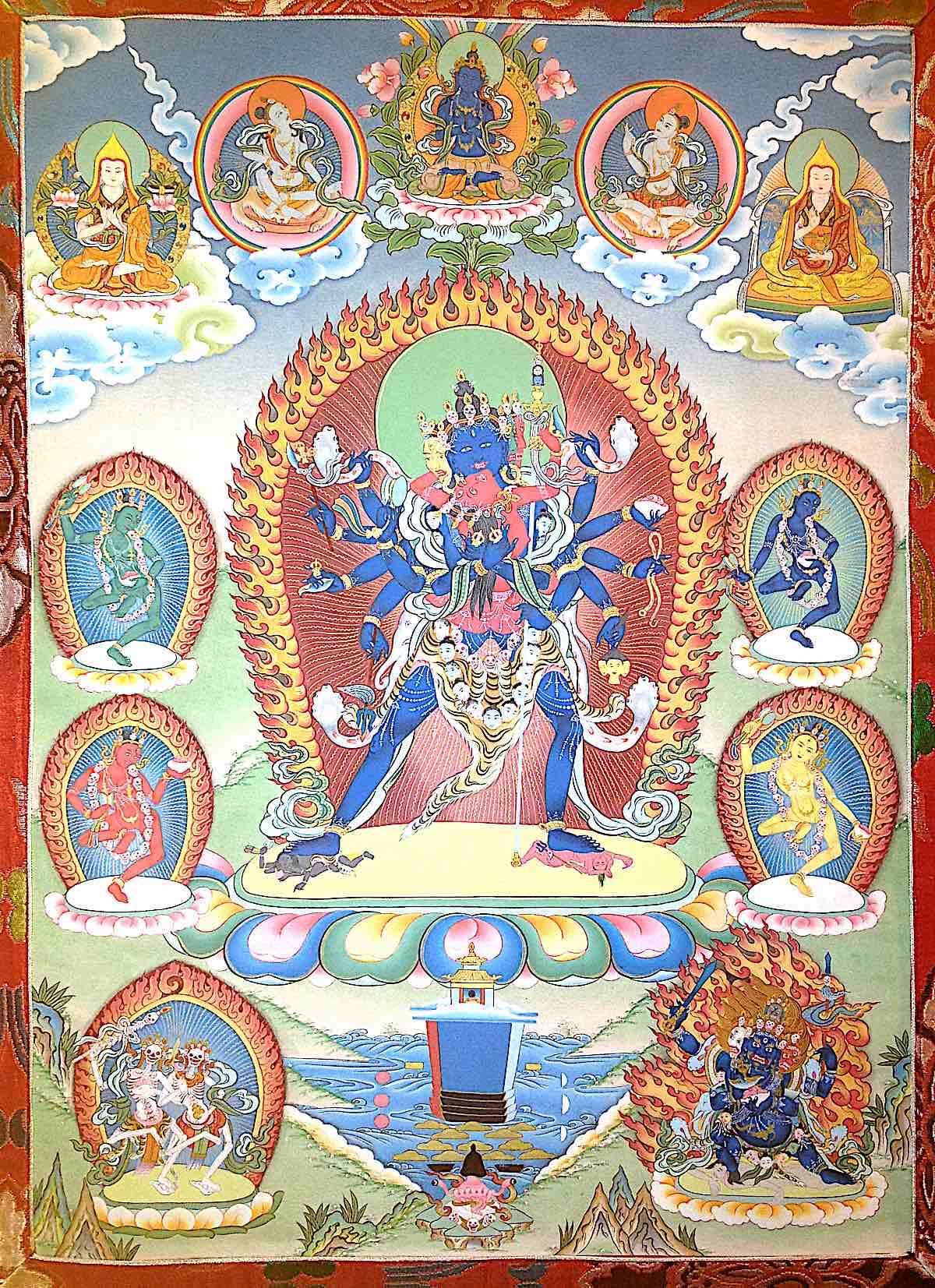
Vajrayogini Mother Wisdom, Heruka Father Compassion
Vajrayogini is not other than the highest emanation of Wisdom, ultimately the same as Tara, Prajnaparamita, Kurukulle, or any Mother manifestation of Enlightenment. Likewise, Heruka Chakrasamvara is the highest emanations of Compassion, ultimately the same as Avalokiteshvara (Chenrezig), Hayagriva, Vajrakilaya or any Father manifestation of Enlightenment. In union, they symbolically represent the union of Wisdom and Compassion.

Everyone can benefit from attending or performing a Tsog offering — in a group, or, via live internet due to social distancing. Lama Zopa says the merits are incalculable. You need no special initiations to generate this vast merit, for the benefit of all sentient beings.
For those of us with Highest Yoga Tantra practices, the two Tsog (Tsok, Tsoh) feast offerings each month are usually a commitment, while the annual Special Tsogs are compulsory — to avoid a degeneration of samaya.
These offerings and purification are important especially in the 11th and 12th Lunar months, special months of Vajrayogini (11th) and Heruka (12th) — as it precedes LOSAR — lunar new year. It is important to purify at the end of one year, to make sure the new year starts off well.
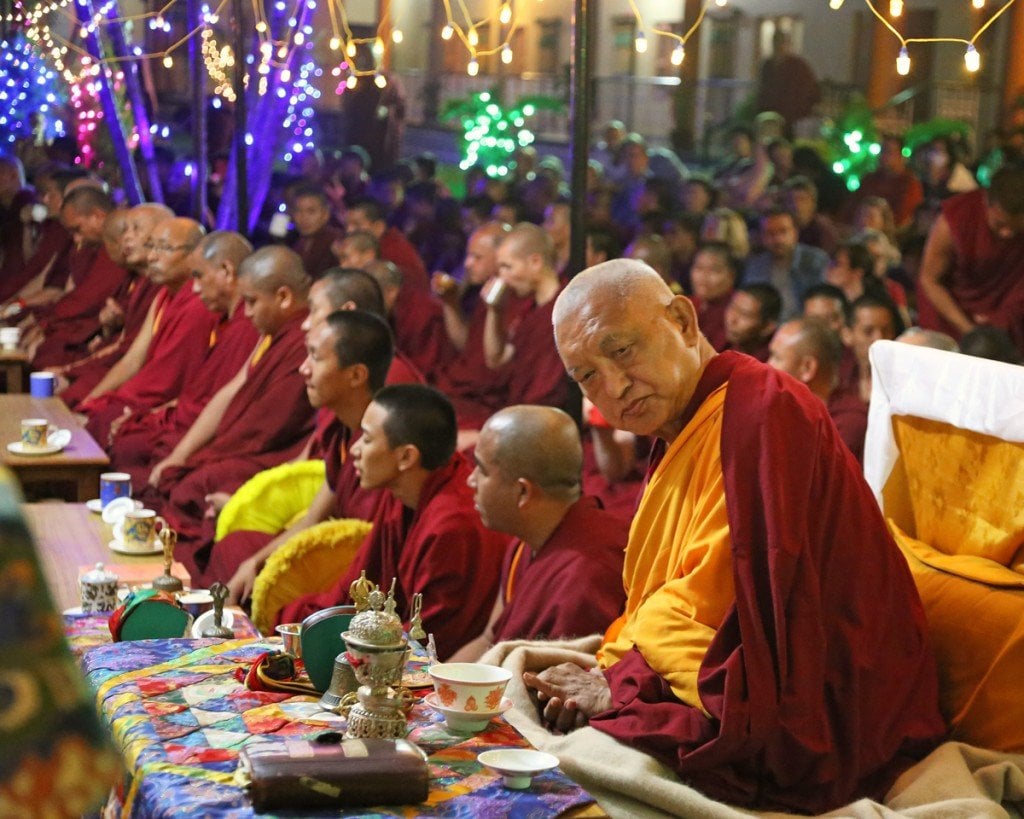
The great tantric master Abayakaya said, Tsog offerings, for Highest Yoga Tantra practitioners, should be:
“Every day as much as possible (meaning if one cannot do it every day, then as many times as possible)
It is especially admired in the night time
At least once a month, or if that doesn’t get done then at least once a year
If one transgresses this circle then you degenerate samaya.” [1]
For most of us, we offer twice a month on the 25th of the lunar month (Dakini Tsog) and 10th of the lunar month (Heruka or Daka Tsog). Usually this is a gathering of the sangha — although with social distancing this has moved online as live events where we visualize the gathering. In turn, the Tsog offerings are offering to the root and lineage gurus, the yidams, the Three Jewels, the ocean of Dakinis and oath-bound protectors, and all beings of the six realms.
What is Tsog, and Why is it So Important?
From the Heruka Root Tantra:
Quickly attempt to make offerings
Every waxing and waning of each month do tsog.
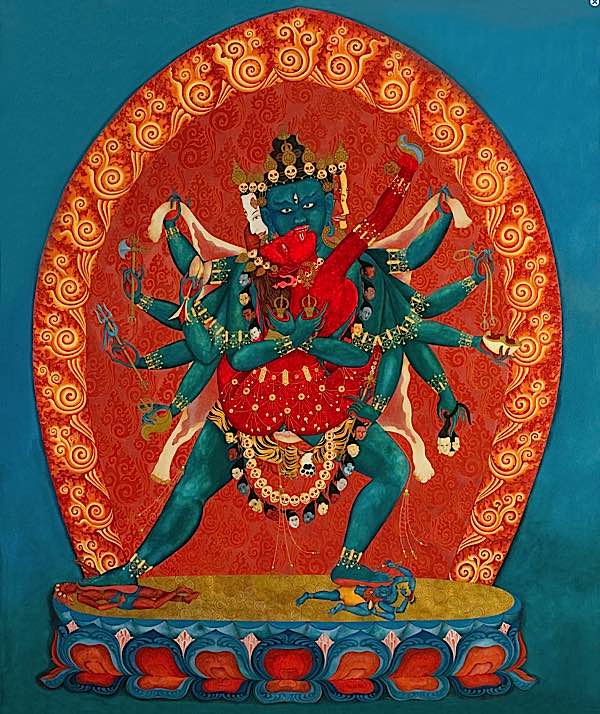
Tsog Purpose
The Heruka Root Tantra explains the purpose of Tsog offering, which is to remove obstacles and hardships:
The waxing and waning of each month
If good tsog is offered
Then one has no hardships, no difficulties
And one goes to the pure land of Tharpo Kachoe
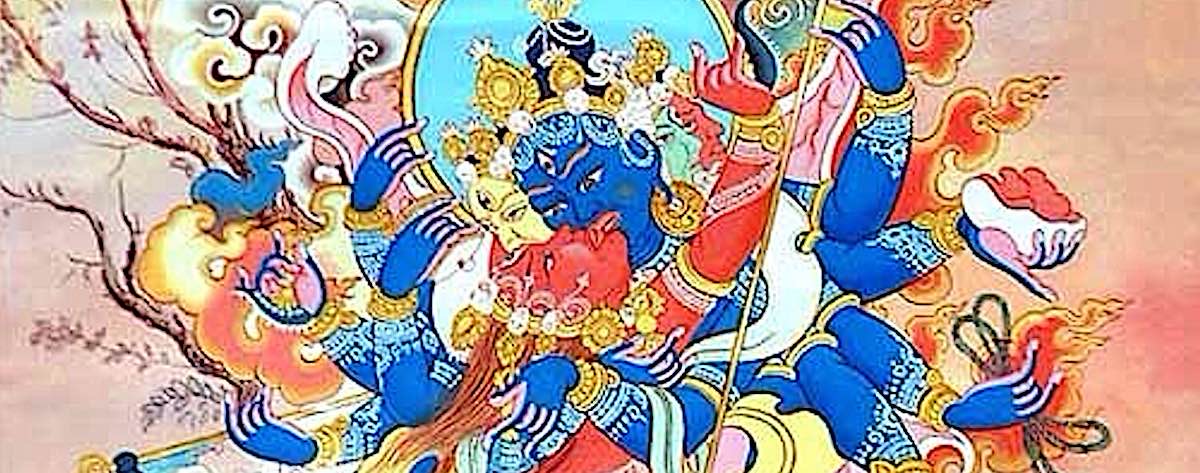
Tsog Offering — What it means
H.E. Lama Zopa Rinpoche explains the higher meaning of Tsog offerings: “The very highest meaning of tsog is to join method and wisdom. The real meaning of experiencing tsog is the transcendental wisdom, non dual great bliss – the wisdom of emptiness, the non-duality of that, and uniting these two. That is the very essence of tsog. It is the offering of that experience, oneself experiencing it, the male and female heroes and heroines, of which the essence is the guru deity, and oneself also experiencing that, as the guru deity. The real meaning of tsog is integrating method and wisdom, the transcendental wisdom, non-dual bliss and voidness (this is the secret meaning).” [1]
Offer in the Evening
The offerings are normally in the evening — the time which is especially sacred to the Dakinis and Dakas. As specified in the Heruka Root Tantra:
“Offering extensive food and drink
Always do at night time – why?
Because it is admired to do at nighttime
Always wander at nighttime and always gather at nighttime.”
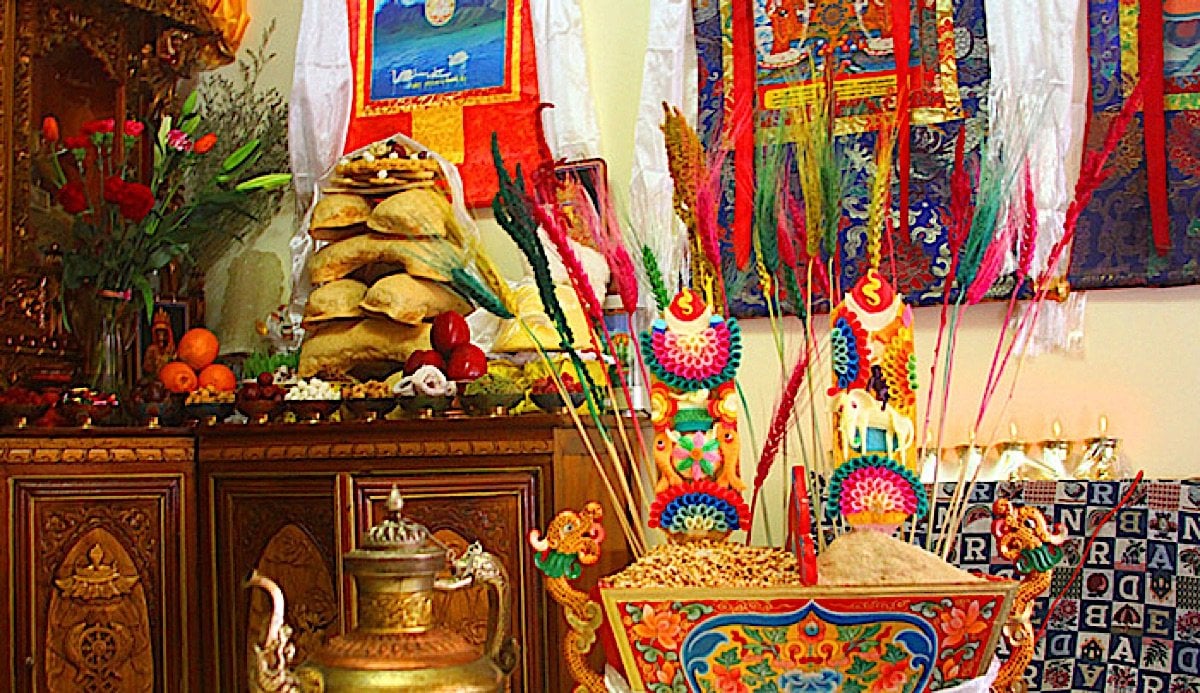
Main Purpose: Overcome our Negative Karmas and Attachments
As always, with Buddhist offerings, the offerings are not “needed” by self-aware deities or Buddhas. The Enlightened have no need of sensory offerings. In general, offerings are an opportunity for us to earn merit to help overcome our negative karmas and attachments. The act of offering, or generosity, is also the “cure” for the grasping, attached mind. And, then there’s Tsog, which is precious especially to the Enlightened Dakinis and Dakas. [For a story on Dakinis and a previous story on Tsog, see>>]
In some practices, the Lunar 10th is often called the “Feast of Heroes” (Feast of Dakas) — and is often a celebration of Guru Rinpoche (Padmasambhava) — and the 25th is the “Feast of Heroines” (Feast of Dakinis.) In others, there is no distinction, so both days are called the “Feast of Dakas and Dakinis” or “Feast of Yogis and Yoginis” (Feast of Heroes and Heroines.)
Pandit Ratna Raksherita explained:
Those doing the activities of the heroes, it is called the feast of the heroes,
Similarly, those doing the activities of yoginis, it is called the feast of the heroines,
Those whose minds are enriched with control of the circle
Of the integrated method and wisdom,
That is called the circle of unification.
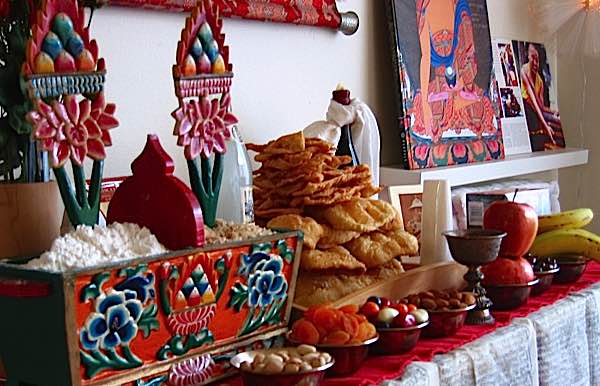
Tsog is Special
Everything about Tsog is special. We might have tangible, sensory offerings in front of us, but they are “converted” in our minds and by our karmic actions, mantras, visualizations and practices into sacred, special, blissful NECTAR.
H.E. Lama Zopa Rinpoche explains the higher meaning and purpose of Tsog:
The meaning of nectar is not just some special taste, like honey. In Tibetan, the word is du-tsi.Du is mara, tsi is medicine. So here, du is ordinary appearance and ordinary concepts, delusions, negative imprints and defilements. Tsi means medicine —the ultimate medicine is the transcendental wisdom of non-dual bliss and voidness, which is like an atom bomb to cut through those delusions, which are the maras.
One has to think of the meaning of nectar, du-tsi, the transcendental wisdom of non-dual bliss and voidness. By taking that nectar, you generate that experience within you. If you don’t have the actual experience of that, then you visualize it. That blesses the mind, body, and the chakras, the winds and drops. It becomes a preparation to achieve the path, the Highest Tantra accomplishing path of the illusory body and clear light, and it enables you to achieve the resultant Dharmakaya and Rupakaya. Then, one is able to offer perfect works for sentient beings, without the slightest mistake, until everyone, every single sentient being, is brought to enlightenment.
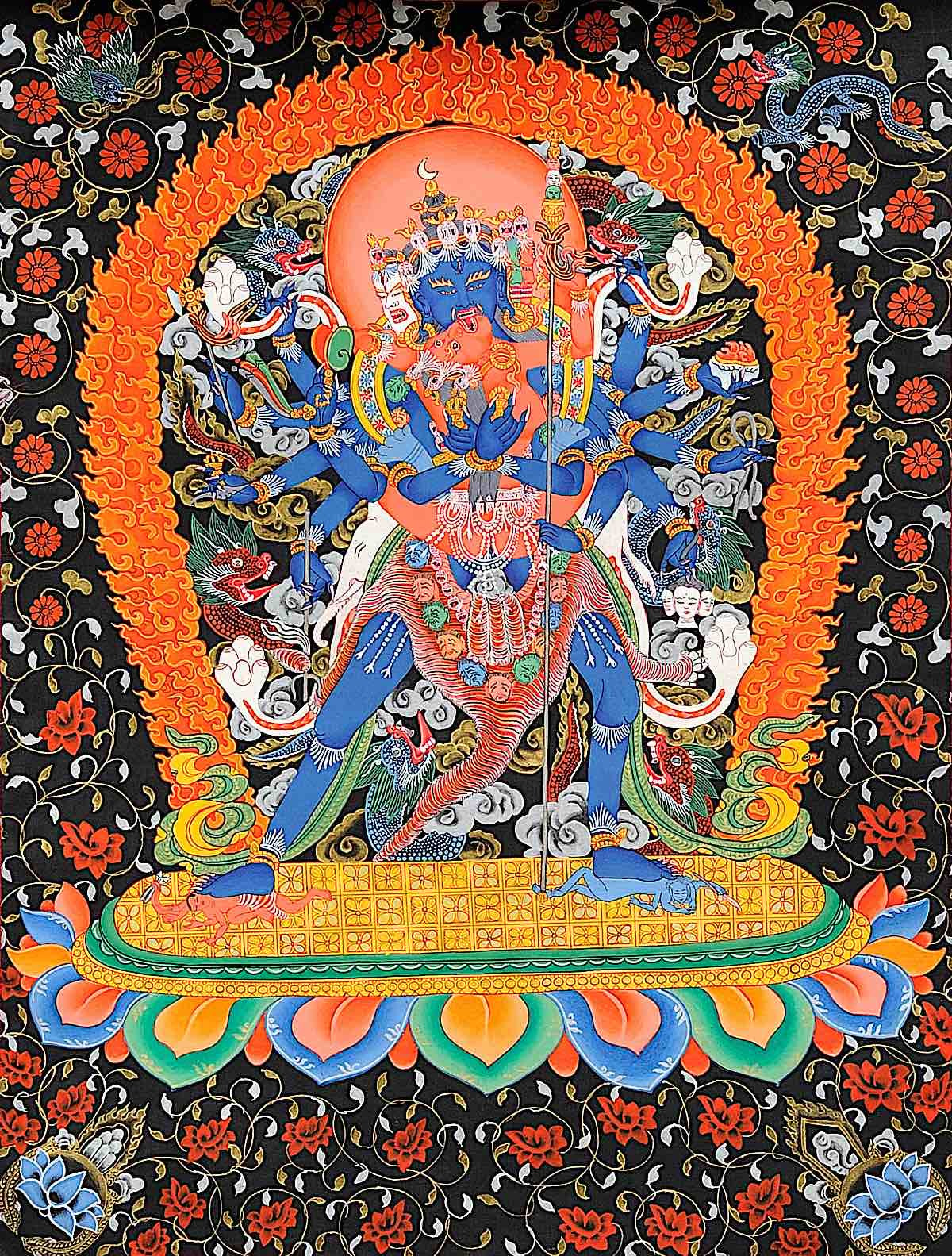
Actual Method
For the actual method, this must be guided/taught by a qualified teacher. Normally, you attend as a group, to the Gompa, temple or monastery. If you cannot, or if you are remote, you can do this on your own. There is a ceremony for those empowered to perform Tsog.
For those who wish to benefit from the auspicious offerings, it is common to attend and witness (participate) in Tsog even without empowerment as long as you don’t engage in deity self-generation. Today, with social distancing, a number of Tsog’s are broadcast live on Zoom and YouTube.
It is IMPORTANT to never place the offerings on the ground, even at the end when offering to the protectors. Normally, Tsog is offered to the Dakas and Dakinis, the Buddhas and Bodhisattvas, the Gurus and the Enlightened Protectors. Then, the offering is re-blessed as nectar for the protectors sworn to protect the Dharma and offered outside. Often, a paper plate is used, to prevent the offering from being “tossed” on the ground — which is considered inauspicious, or even a downfall.
NOTES
[1] Quote from Lama Yeshe Wisdom archive>>
More articles by this author
Search
Latest Features
Please support the "Spread the Dharma" mission as one of our heroic Dharma Supporting Members, or with a one-time donation.
Please Help Support the “Spread the Dharma” Mission!

Be a part of the noble mission as a supporting member or a patron, or a volunteer contributor of content.
The power of Dharma to help sentient beings, in part, lies in ensuring access to Buddha’s precious Dharma — the mission of Buddha Weekly. We can’t do it without you!
A non-profit association since 2007, Buddha Weekly published many feature articles, videos, and, podcasts. Please consider supporting the mission to preserve and “Spread the Dharma." Your support as either a patron or a supporting member helps defray the high costs of producing quality Dharma content. Thank you! Learn more here, or become one of our super karma heroes on Patreon.
Lee Kane
Author | Buddha Weekly
Lee Kane is the editor of Buddha Weekly, since 2007. His main focuses as a writer are mindfulness techniques, meditation, Dharma and Sutra commentaries, Buddhist practices, international perspectives and traditions, Vajrayana, Mahayana, Zen. He also covers various events.
Lee also contributes as a writer to various other online magazines and blogs.






